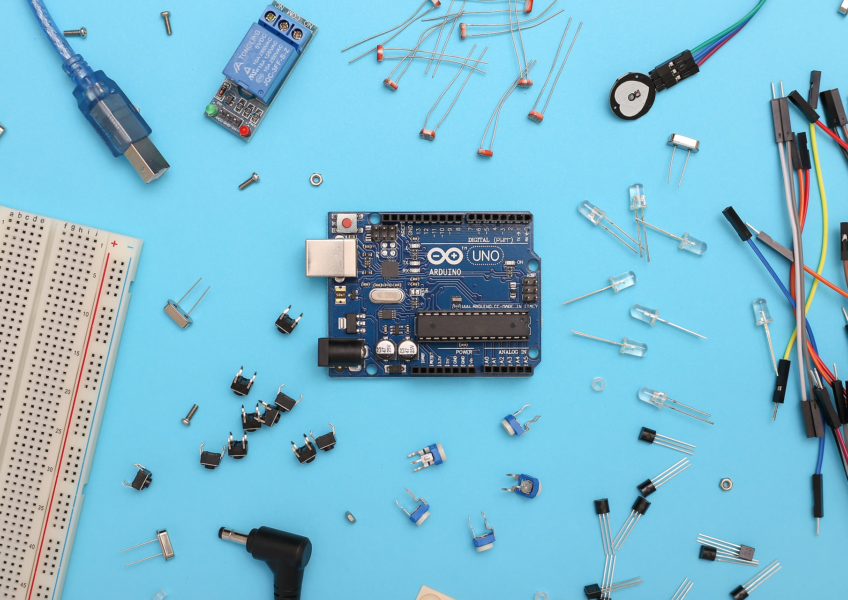Why Electrical Components Fail: Common Reasons and How to Identify a Failed Component
It’s no surprise that different electrical components have different lifespans. For example, electrolytic capacitors are known for their short shelf life – capping anywhere between 5 to 7 years. Yet, other components can last upwards of 40 years.
Still, all electrical components are susceptible to failure from age or premature failure caused by external circumstances. We’d like to help you identify electrical component failure before things get out of hand and pricey
Below, we’ll cover the common reasons for electrical component failure and how to identify them proactively.
Common Causes of Electrical Component Failure
Some causes of component failure are within your hands – others, not so much. Either way, understanding why a component failed can prevent it from happening again and help you troubleshoot if possible.
These are some common causes of electrical component failure:
- Aging
- Corrosion
- Connection failure / connected incorrectly
- Electrical stress
- Manufacturing defect
- Mechanical stress
- Mechanical shock
- Overcurrent
- Overvoltage
- Prolonged moisture
- Thermal stress
- Water damage
Something to consider: Component failure follows a trend. Right after purchasing a component, there is a higher chance of the component malfunctioning due to defects. Defected components often fail within minutes or hours of use. After this initial period, failures tend to bottom out until age-related problems start to occur.
How to Identify Electrical Component Failure
Luckily, there are some tell-tale signs of an electrical component heading towards failure. Here’s what you should look for:
- Visual assessment – This is pretty obvious, but we’d still like to include what to look for. Inspect the component for bumps, dents, and parts that may have been torn off. Also consider any burnt or melted parts too.
- Listen for failing sounds – Electrical components may make a sound when failing. A click or rattle can be heard when pieces of a component are loose in the product. If a component is louder than usual, it suggests that the component is overworking.
- Check for smoke or smells – Many components fail because of thermal overloading. Thermal overloading releases a blue or other colorful smoke that has a distinct smell. The smell itself can last for days, or weeks. This smoke is often the first sign of damage beyond just the component not working,

